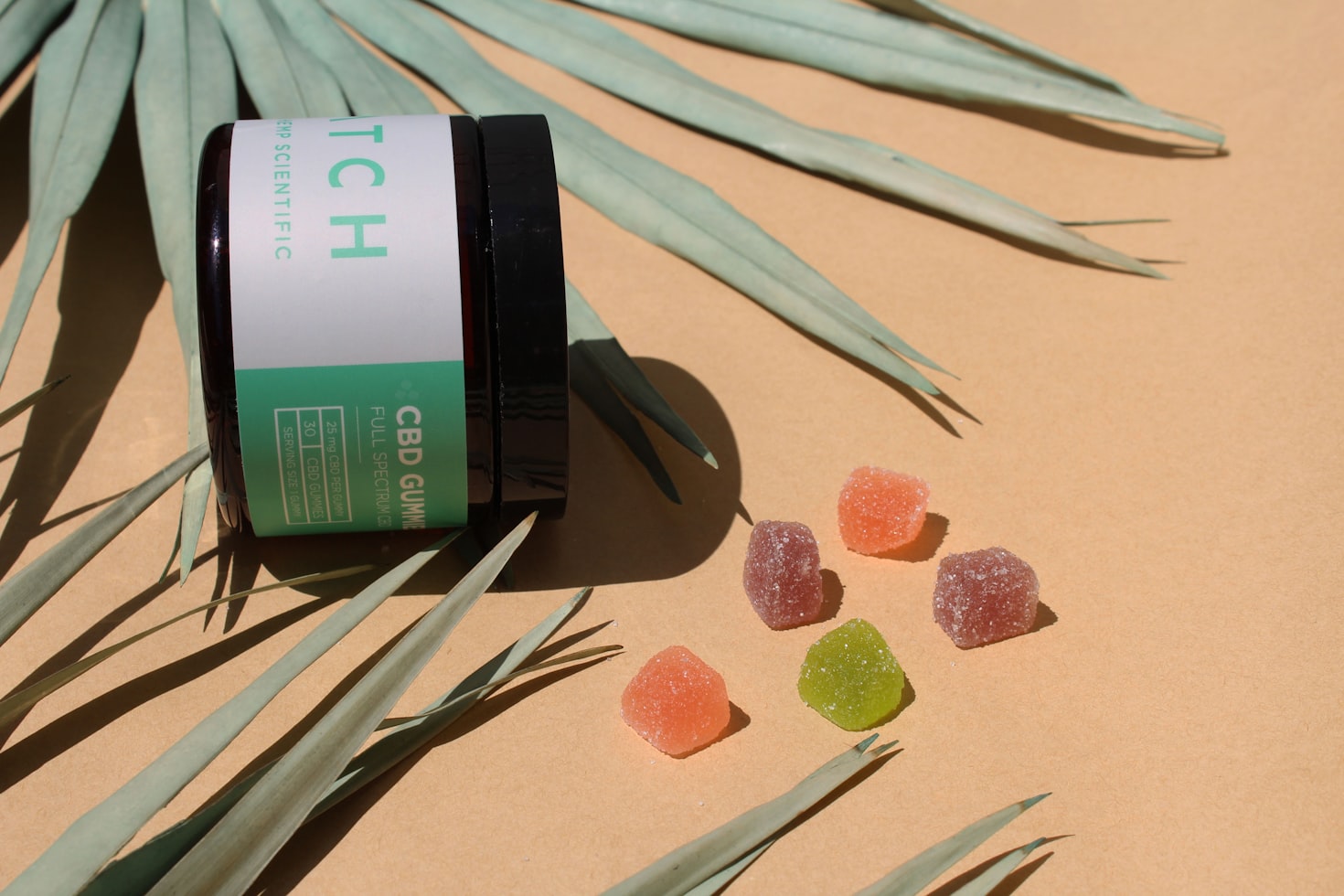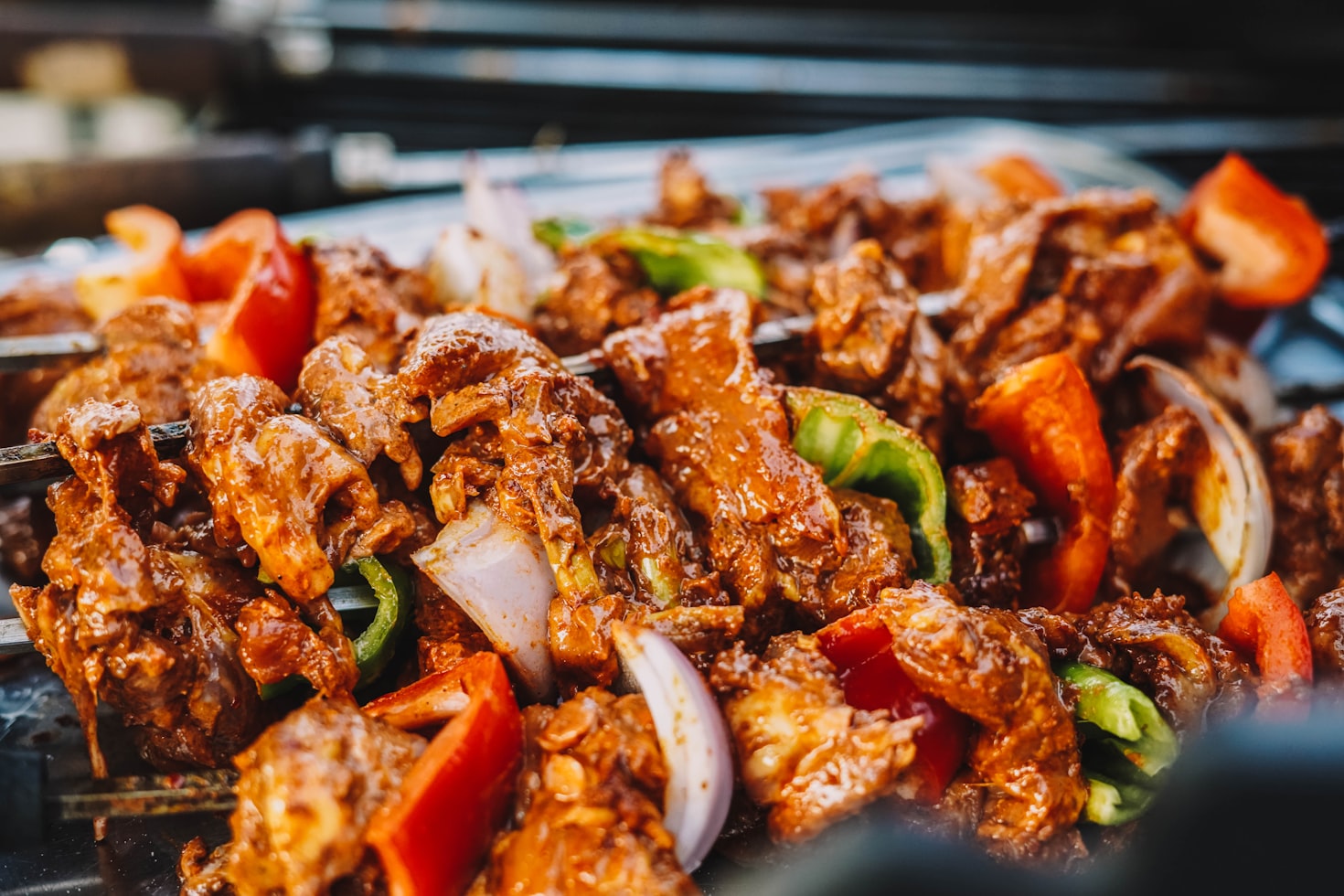How Do You Get Fiber On A Keto Diet
The ketogenic diet, or keto diet, is a low-carb, high-fat diet that has gained popularity for its potential weight loss benefits and ability to improve certain health conditions. However, one concern for individuals following a keto diet is how to ensure an adequate intake of fiber. Fiber is an essential nutrient that plays a crucial role in maintaining a healthy digestive system and overall well-being. In this article, we will explore various ways to incorporate fiber into a keto diet and discuss its importance.
The Importance of Fiber
Fiber is a type of carbohydrate that cannot be digested by the body. Instead, it passes through the digestive system relatively intact, providing numerous health benefits. Here are some reasons why fiber is essential:
- Improved Digestion: Fiber adds bulk to the stool, promoting regular bowel movements and preventing constipation.
- Weight Management: High-fiber foods are often more filling, which can help control appetite and reduce calorie intake.
- Blood Sugar Control: Fiber slows down the absorption of sugar, preventing spikes in blood sugar levels and promoting stable energy levels.
- Heart Health: Certain types of fiber, such as soluble fiber, can help lower cholesterol levels and reduce the risk of heart disease.
- Gut Health: Fiber acts as a prebiotic, providing nourishment for beneficial gut bacteria and promoting a healthy gut microbiome.
Fiber Sources on a Keto Diet
While the keto diet restricts carbohydrate intake, there are still several sources of fiber that can be incorporated into the diet. Here are some fiber-rich foods that are suitable for a keto diet:
1. Non-Starchy Vegetables
Non-starchy vegetables are low in carbohydrates and high in fiber, making them an excellent choice for a keto diet. Examples of non-starchy vegetables include:
- Leafy greens (spinach, kale, lettuce)
- Cruciferous vegetables (broccoli, cauliflower, Brussels sprouts)
- Zucchini
- Asparagus
- Green beans
These vegetables can be enjoyed in salads, stir-fries, or roasted as a side dish.
2. Avocado
Avocado is a unique fruit that is high in healthy fats and fiber. It contains both soluble and insoluble fiber, making it an excellent addition to a keto diet. Avocado can be enjoyed sliced, mashed, or added to salads and smoothies.
3. Nuts and Seeds
Nuts and seeds are not only a great source of healthy fats but also provide a good amount of fiber. Some fiber-rich options include:
- Almonds
- Walnuts
- Chia seeds
- Flaxseeds
- Pumpkin seeds
These can be consumed as a snack or added to meals and baked goods for an extra fiber boost.
4. Coconut Flour
Coconut flour is a low-carb, gluten-free alternative to traditional wheat flour. It is high in fiber and can be used in various keto-friendly recipes, such as pancakes, bread, and muffins.
5. Psyllium Husk
Psyllium husk is a soluble fiber supplement that can be added to foods or beverages to increase fiber intake. It is commonly used in keto baking to improve texture and add fiber.
FAQs
1. Can you get enough fiber on a keto diet?
Yes, it is possible to get enough fiber on a keto diet by incorporating fiber-rich foods such as non-starchy vegetables, avocado, nuts, and seeds. Additionally, using coconut flour and psyllium husk as alternatives can further boost fiber intake.
2. How much fiber should I consume on a keto diet?
The recommended daily fiber intake for adults is around 25-30 grams. However, individual needs may vary. It is important to listen to your body and adjust your fiber intake accordingly.
3. Can fiber kick you out of ketosis?
Fiber does not significantly impact ketosis as it is not digested by the body. However, it is important to be mindful of the total carbohydrate intake, including fiber, to maintain ketosis.
4. Can I take fiber supplements on a keto diet?
Yes, fiber supplements such as psyllium husk can be taken on a keto diet to increase fiber intake. However, it is always best to prioritize whole food sources of fiber whenever possible.
5. What are the signs of not getting enough fiber on a keto diet?
Signs of inadequate fiber intake on a keto diet may include constipation, irregular bowel movements, and difficulty maintaining a healthy weight.
6. Can I consume too much fiber on a keto diet?
Consuming excessive amounts of fiber can lead to digestive discomfort, bloating, and gas. It is important to gradually increase fiber intake and drink plenty of water to prevent these symptoms.
Summary
Getting enough fiber on a keto diet is essential for maintaining a healthy digestive system and overall well-being. By incorporating fiber-rich foods such as non-starchy vegetables, avocado, nuts, and seeds, individuals can meet their fiber needs while following a keto diet. Additionally, using alternatives like coconut flour and psyllium husk can further enhance fiber intake. It is important to listen to your body, adjust fiber intake as needed, and prioritize whole food sources of fiber whenever possible. With proper planning and awareness, it is possible to achieve a well-rounded keto diet that includes an adequate amount of fiber.






